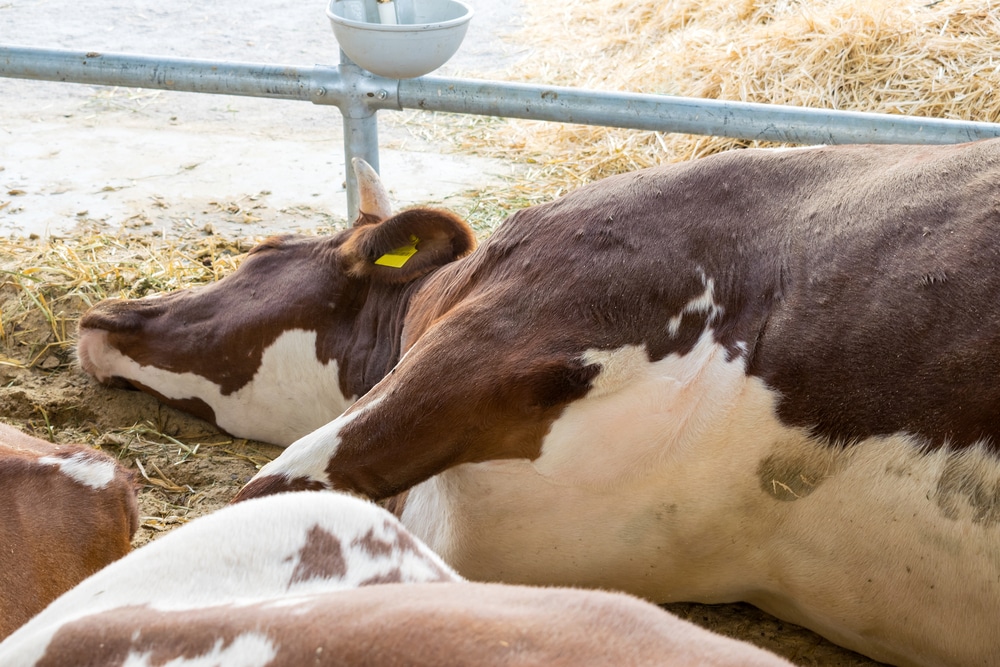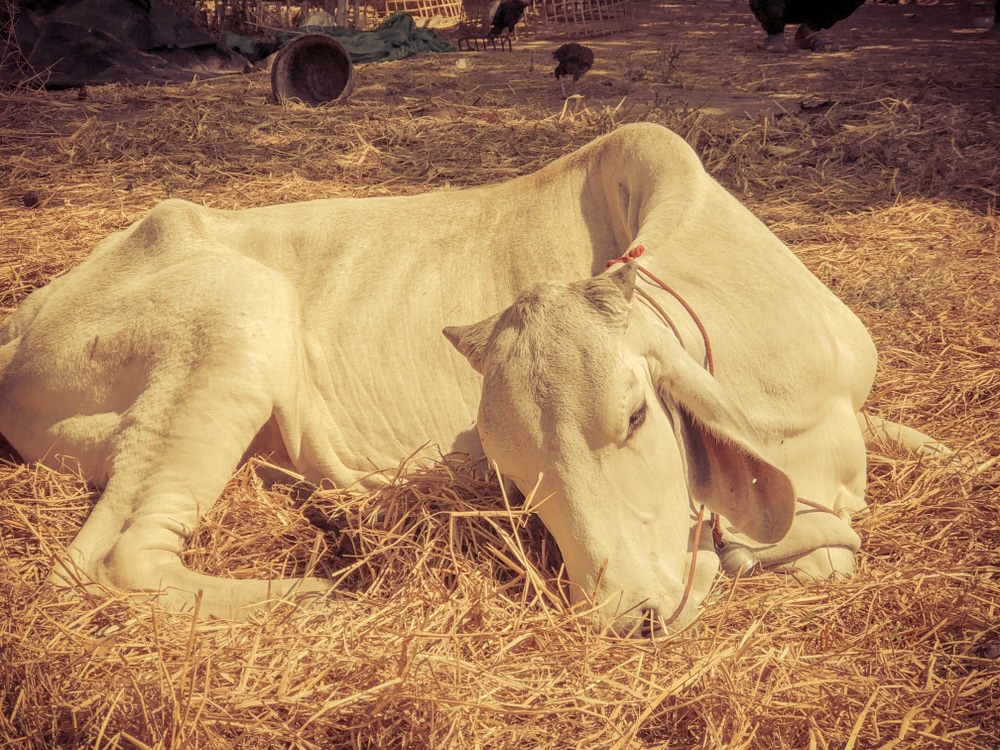Liver flukes can cause liver damage as well as increase cattle’s risk for clostridial diseases, leading to significant economic losses as a result of liver condemnation at slaughter and decreased growth and reproductive efficiency. Our Church’s Mobile Veterinary Service team is a passionate advocate for herd health, and we provide insightful information about liver flukes in cattle to help you protect your herd.
Liver fluke types affecting Oregon cattle
Two liver fluke species affect Oregon cattle:
- Fasciola hepatica (Common liver fluke) — Cattle are the main host for the common liver fluke. The adult parasite lives in the liver bile ducts, and eggs are passed through the bile into the feces to infect the environment. When deposited in a warm, moist environment, the eggs hatch, develop into free-swimming organisms called miracidia and invade a particular snail type (i.e., Lymnae) where they continue to develop. Infected snails shed cercariae (i.e., tadpole-like organisms) that migrate to green plants where they are consumed by grazing animals. Snails survive unfavorable weather conditions by burying themselves in the mud, and they commonly release cercariae in the spring when they emerge from the mud as temperatures warm and spring rain brings moisture.
- Fascioloides magna (Deer liver fluke) — In North America, the primary hosts for the deer liver fluke are white-tailed deer and caribou, but the parasite also can infect mule deer, elk, moose, bison, domestic cattle, sheep, pigs, horses, and llamas. Deer are the natural host for the parasite, and infection does not have a major impact on wild deer populations. The adult flukes live in fibrous capsules in the liver and release eggs that are shed in the deer’s feces. The eggs hatch in water, and free-swimming immature miracidia penetrate snails (i.e., the intermediate host). Cercariae produced by the snails form cysts on vegetation where they can infect other animals. Cattle are dead-end hosts for liver flukes and do not contribute to parasite spread.
Liver fluke signs in cattle
Infected cattle often show no clinical signs of infection in the early stages. When signs start to show, they are typically non-specific, such as decreased milk production, reduced fertility, and unthrifty offspring. Even mild infection may result in liver condemnation at the slaughterhouse. In advanced stages, signs include significant weight loss, lethargy, lack of appetite, and rough hair coat. In these cases, death from extensive liver damage typically follows.
Liver fluke infection also increases the risk for clostridial diseases, such as Black disease and redwater disease. Clostridium haemolyticum and C. novyi are soil-borne bacteria that can survive a long time in contaminated soil. The bacteria spores are commonly ingested and found in the rumen and liver of healthy cattle. Liver damage and necrosis caused by liver fluke infection allow the bacterial spores to germinate into vegetative cells that multiply and produce toxins, causing significant illness in the infected animal.

Liver fluke diagnosis in cattle
Since cattle are dead-end hosts for the deer liver fluke, no eggs are passed in the manure, and the only way to diagnose infection is at slaughter or necropsy. F. hepatica infection sometimes can be diagnosed by fecal testing, but infection must be present for at least two to three months because immature flukes can’t lay eggs. In addition, egg passage can be sporadic, requiring repeated fecal testing for detection. Many infections aren’t diagnosed until slaughter or necropsy.
Liver fluke treatment in cattle
Liver fluke treatment involves administering Valbazen (i.e., Albendazole) at 10 mg/kg when the flukes are mature (i.e., more than 90 days old). The timing is important, and if you suspect liver fluke infection, you should treat your cattle in January following a heavy killing frost. Retreatment 90 days later may be necessary in heavily infected herds to address flukes that were immature at the time of the initial treatment.

Liver fluke prevention in cattle
Management strategies to help prevent liver flukes include:
- Draining shallow, stagnant ponds on your property.
- Fencing cattle away from shallow bodies of water or treating the water to remove snails.
- Storing hay bales in a dry area to help prevent snail contamination.
- Not feeding your cattle hay from a bale that you find snails on the bottom of.
- Practicing recommended deworming protocols for your herd.
In addition to these strategies, ensure your herd is properly vaccinated against clostridial diseases.
Liver flukes are a significant problem for the cattle industry, but you can take steps to protect your herd. If you have questions about your herd’s deworming protocol or you suspect a liver fluke infection, contact our Church’s Mobile Veterinary Service team so we can help.








Leave A Comment